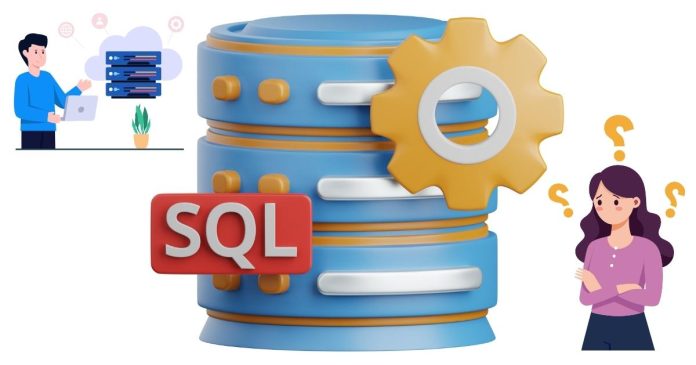In SQL Server, understanding the structure of a table is often a crucial step when working with databases. Developers and administrators frequently need to view details such as column names, data types, constraints, and relationships. While some database management systems (DBMS) provide a simple DESCRIBE command, SQL Server requires a slightly different approach.
Here’s how to “describe” a table in SQL Server.
What Does “Describe Table” Mean?
“Describe table” refers to obtaining metadata about a table, including:
- Column names.
- Data types.
- Default values.
- Nullable settings.
- Constraints (like primary keys and foreign keys).
Although SQL Server doesn’t have a direct DESCRIBE or DESC command like MySQL, there are alternative ways to achieve the same result.
Methods to Describe a Table in SQL Server
1. Using the INFORMATION_SCHEMA Views
SQL Server provides the INFORMATION_SCHEMA.COLUMNS view, which gives metadata about a table’s columns.
SELECT COLUMN_NAME, DATA_TYPE, CHARACTER_MAXIMUM_LENGTH, IS_NULLABLE
FROM INFORMATION_SCHEMA.COLUMNS
WHERE TABLE_NAME = 'YourTableName';
Explanation:
COLUMN_NAME: Name of each column in the table.DATA_TYPE: Data type of the column (e.g.,INT,VARCHAR,DATETIME).CHARACTER_MAXIMUM_LENGTH: Maximum length for character-based columns.IS_NULLABLE: Indicates whether the column allowsNULLvalues.
2. Using the sp_help Stored Procedure
SQL Server’s sp_help stored procedure provides comprehensive information about a table, including column names, data types, indexes, and constraints.
EXEC sp_help 'YourTableName';
Output:
- Column details: Name, type, length, and nullable status.
- Indexes and constraints associated with the table.
3. Using sys.columns and sys.types System Views
SQL Server’s system views, such as sys.columns and sys.types, allow you to query detailed metadata.
SELECT c.name AS ColumnName,
t.name AS DataType,
c.max_length AS MaxLength,
c.is_nullable AS IsNullable
FROM sys.columns c
JOIN sys.types t ON c.user_type_id = t.user_type_id
WHERE c.object_id = OBJECT_ID('YourTableName');
Explanation:
sys.columns: Contains metadata about each column in a table.sys.types: Provides information about data types.OBJECT_ID('YourTableName'): Retrieves the unique identifier of the specified table.
4. Using SQL Server Management Studio (SSMS)
SQL Server Management Studio offers a graphical way to describe a table:
- Right-click on the table in the Object Explorer.
- Select Design.
- View the columns, data types, and constraints in the design window.
Alternatively, you can right-click the table and select Properties to view detailed information.
Example: Describing a Table Named ‘Employees’
Using INFORMATION_SCHEMA
SELECT COLUMN_NAME, DATA_TYPE, CHARACTER_MAXIMUM_LENGTH, IS_NULLABLE
FROM INFORMATION_SCHEMA.COLUMNS
WHERE TABLE_NAME = 'Employees';
Using sp_help
EXEC sp_help 'Employees';
Using System Views
SELECT c.name AS ColumnName,
t.name AS DataType,
c.max_length AS MaxLength,
c.is_nullable AS IsNullable
FROM sys.columns c
JOIN sys.types t ON c.user_type_id = t.user_type_id
WHERE c.object_id = OBJECT_ID('Employees');
When to Use Each Method
- INFORMATION_SCHEMA: Ideal for quick queries about column details.
- sp_help: Provides a complete overview of the table, including constraints and indexes.
- System Views: Offers deeper control and customization for retrieving metadata.
- SSMS: Best for users who prefer a graphical interface over writing SQL queries.
Although SQL Server doesn’t have a direct DESCRIBE command, there are multiple ways to retrieve detailed information about a table. Whether you prefer querying INFORMATION_SCHEMA, using system views, or leveraging the graphical tools in SSMS, you can easily access the metadata you need. Understanding these techniques will help you navigate and manage your database more effectively.


